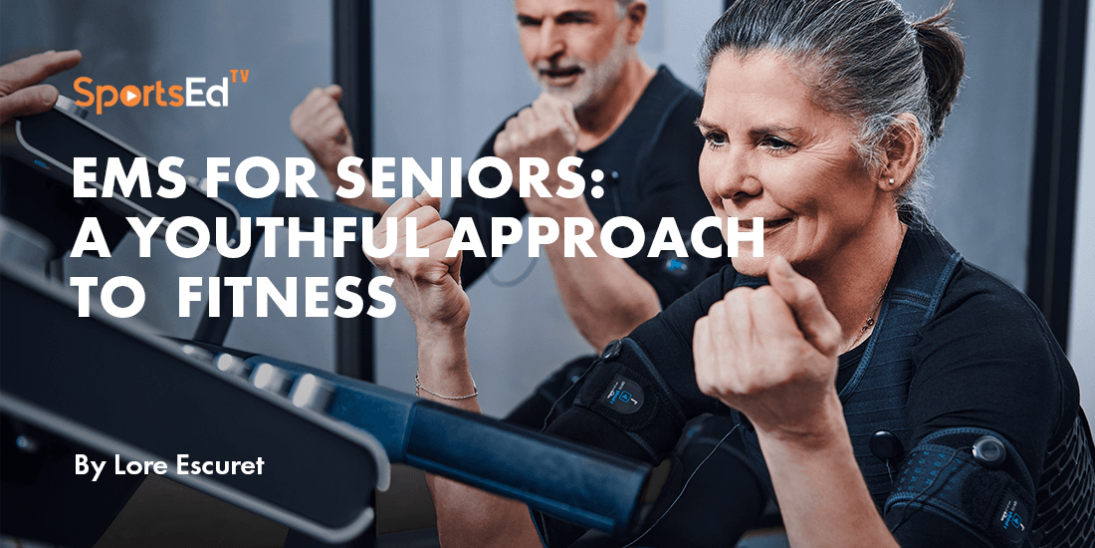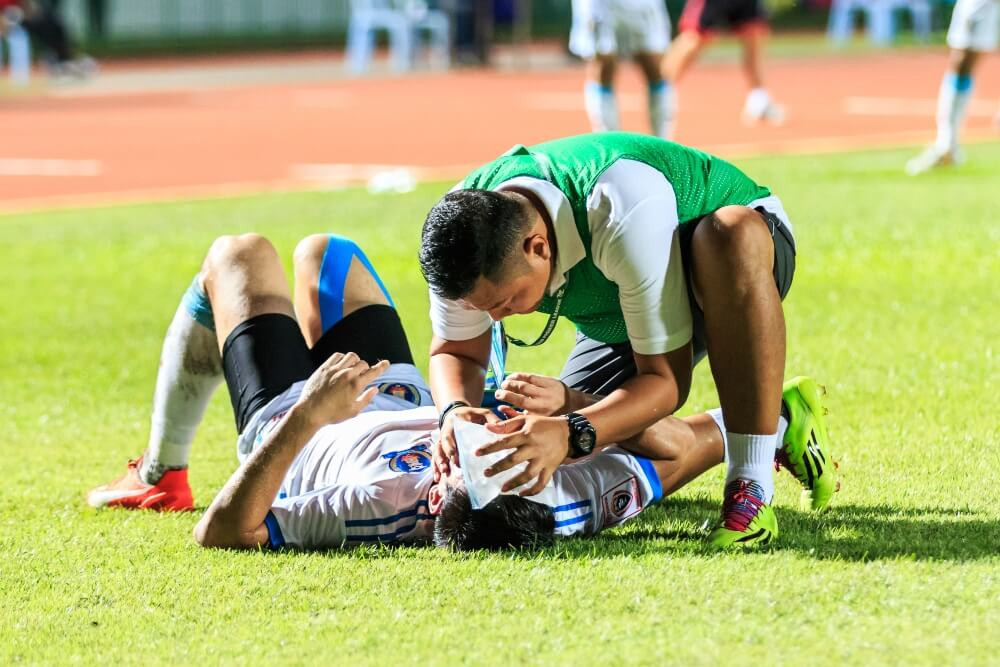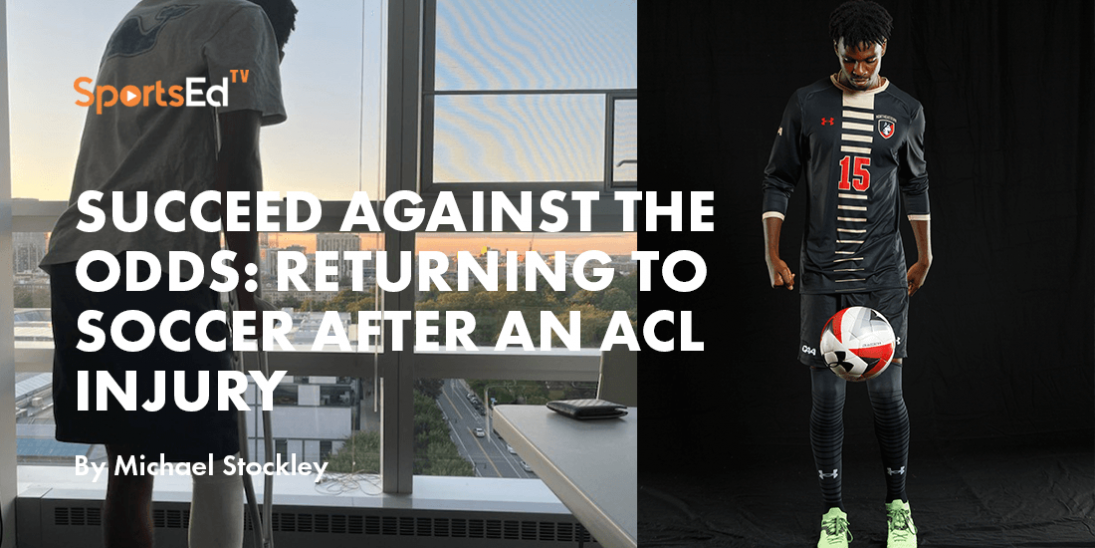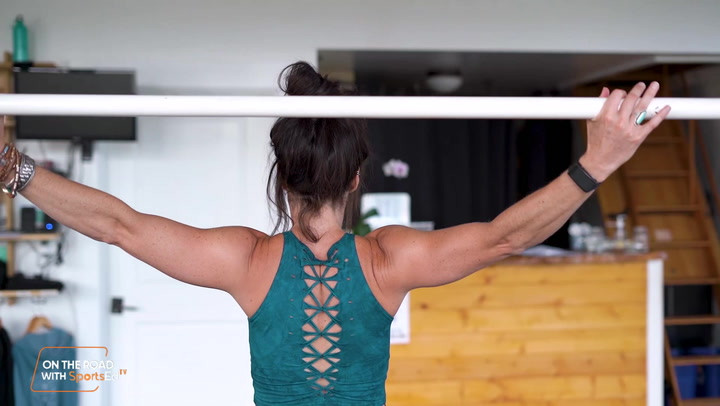Health
Welcome and thanks for visiting...

Let’s Give the Skeleton the Focus It Is Due
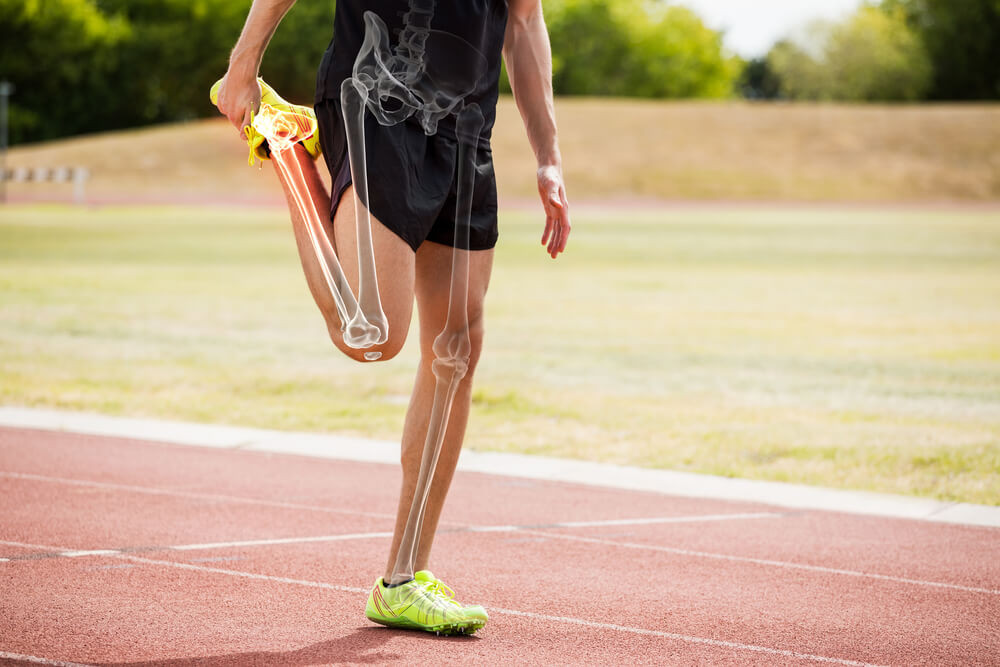
Muscular and neuromuscular training are a huge focus in sport in an effort to improve performance and prevent injury in athletes. Despite lots of research on the musculoskeletal system, most training programs only focus on muscular strength and power while ignoring bone strength. Optimizing bone strength in athletes may prevent stress fracture, a common overuse injury. The goal is to improve bone strength in order to sustain loading during both practice and performance without injury.
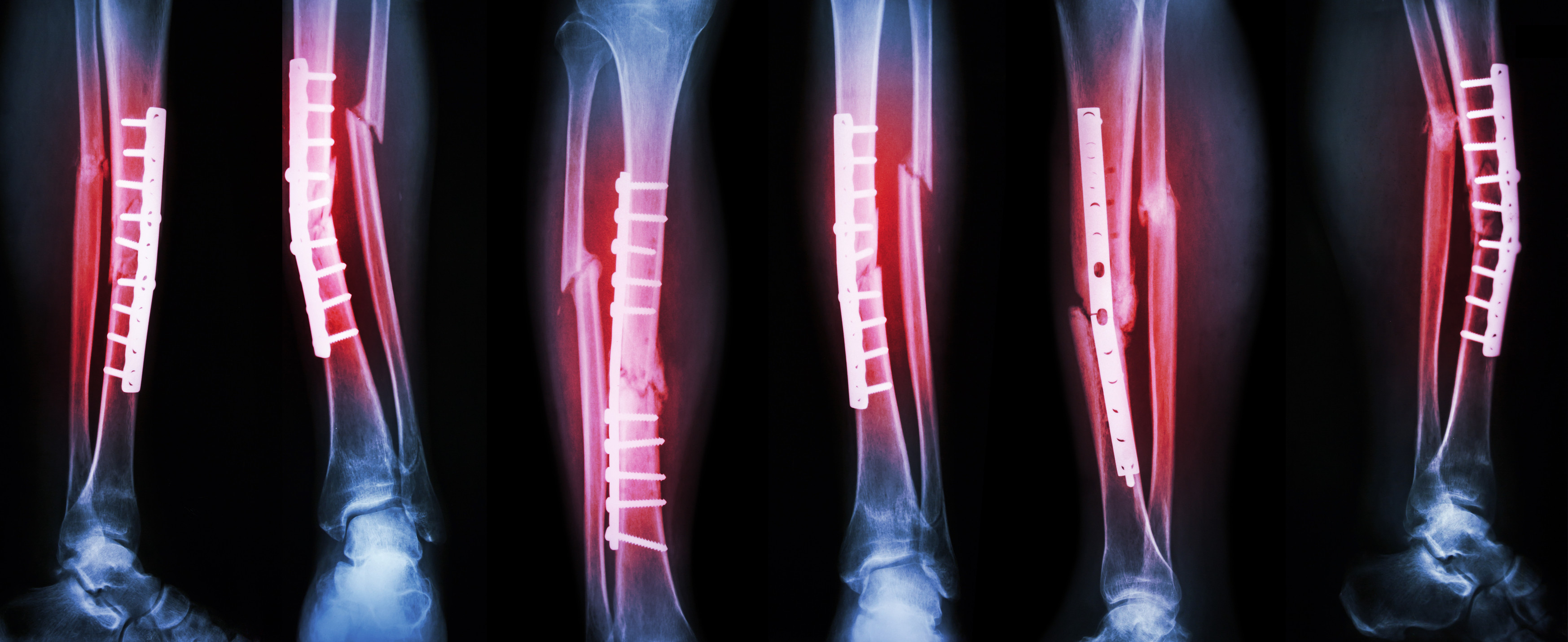
Bone’s adapt to the loading from their sport however, a large percentage of athletes develop stress fractures accounting for up to 20% of all sports medicine clinic injuries; an indication of relatively weak bones in some athletes (Fredericson et al. 2006). A recent article reported that stress fracture injury rates in collegiate athletes range from 8.29% in men’s basketball to 28.59% in women’s cross country (Rizzone et al. 2017). Sport is good for bones, the consistent and focused training of athletes provide the much needed loading on the skeletal system. Both higher bone density and larger bone size has been reported in athletes compared to their non-athletic counterparts (Greene et al. 2012; Haapasalo et al. 2000). Racquet sport athletes provide a unique model to investigate the benefits of loading on bone. Athletes’ playing (racquet) arm sustains high loading with each strike of the ball while the contralateral non-playing arm remains unloaded providing a perfect control. Studies have reported a 22% stronger bone on average in the playing arm compared to the non-playing arm (Haapasalo et al. 2000; Kontulainen et al. 2003). High magnitude loading is necessary for skeletal health.
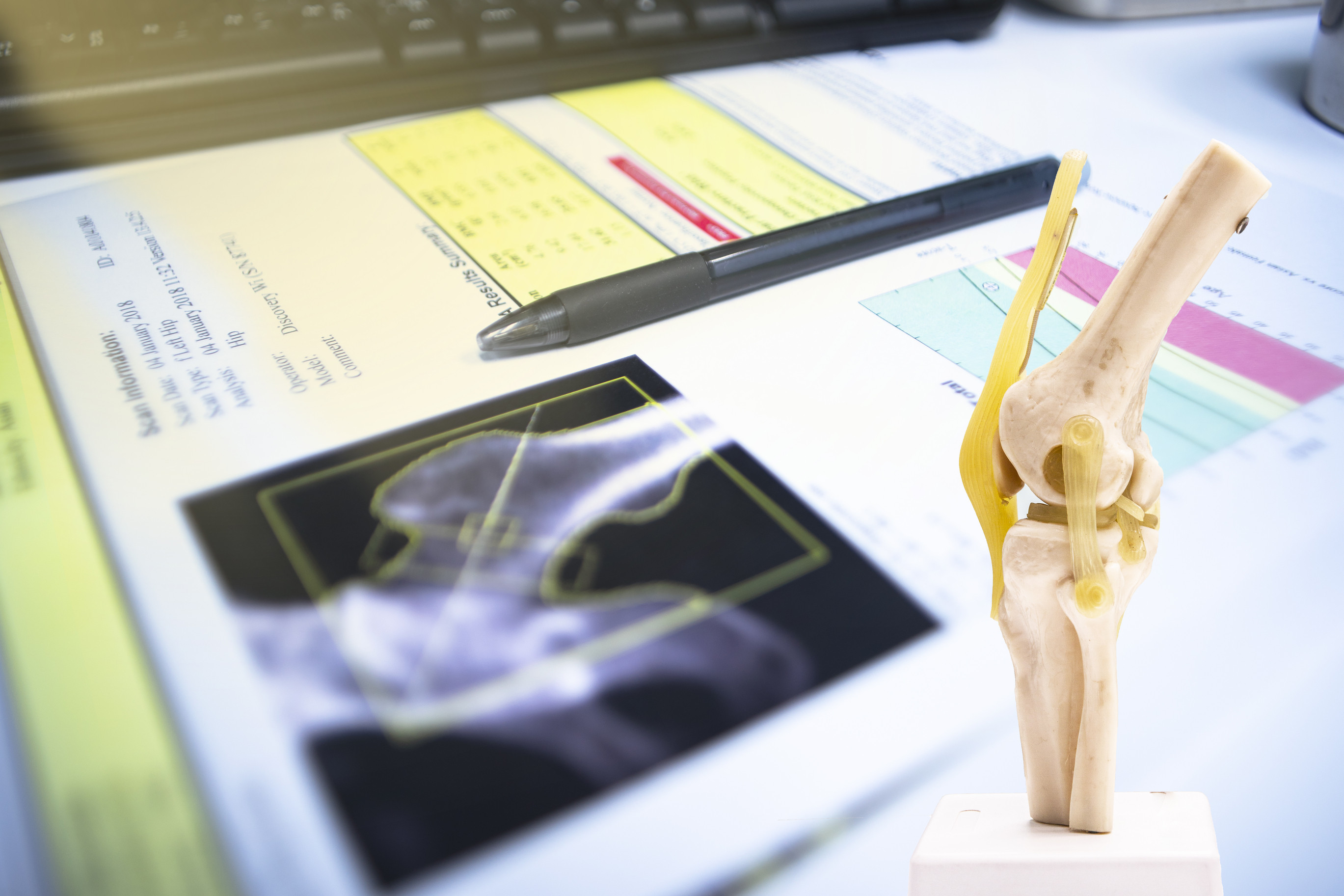
The common phrase “use it or lose it” does not apply to bones. Research has highlighted positive changes to bone strength that seem to last a lifetime especially if training starts at a young age. Work by Warden et al. (Warden et al. 2014) reported long term bone strength changes using baseball players as a model. Baseball players throw using one arm primarily and Major League Baseball (MLB) boasts an alumni association including players who have retired up to 50 years ago. The active and retired baseball players provide the perfect dataset to illustrate both the short-term and long-term benefits of loading on bone. The throwing arm of baseball players was on average 30% stronger compared to their non-throwing arm (Warden et al. 2014). In addition, Warden and colleagues reported a 15.2% greater strength in the throwing arm of a 94 year old retired player (Warden and Roosa 2014). Focusing on the skeletal system during training provides an opportunity for coaches to contribute to their athletes' bone health for a lifetime.
Exercise prescription for bone health
Researchers have spent the last three decades focusing on the specific factors resulting in bone strength optimization. The skeletal system is a very efficient tissue and the training parameters that positively affect bone are different from that of the muscular or cardiovascular systems. Bones benefit from training programs that include unique, variable and high magnitude loading with lots of rest between sessions. Lets review the key factors to consider when developing skeletal-specific training programs.
1. The Higher the Better (Weight Bearing & High Load Exercises)
Weight bearing activities are those when your legs or arms support the weight of your body; for example, running and jumping are weight bearing since they involve a force applied to the ground using your feet and lower limbs. A cartwheel is also weightbearing since your hands and upper limbs apply a force to the ground. Non weight bearing activities are those that use equipment that supports some of your weight, similar to assistive devices such as crutches that decrease the amount of weight you are applying to the ground. Bicycling, rowing and swimming are other examples of non-weight bearing exercises. Weight bearing exercises result in larger loads on your bones. Bones like a challenge, the higher the loading magnitude the better. In addition, exercises that load bones quickly are more beneficial for building bone strength. For example, a jump squat is a better ‘bone exercise’ compared to a bodyweight squat. They are both weight bearing exercises, but the jump squat increases both the magnitude and the rate of loading on the skeleton.
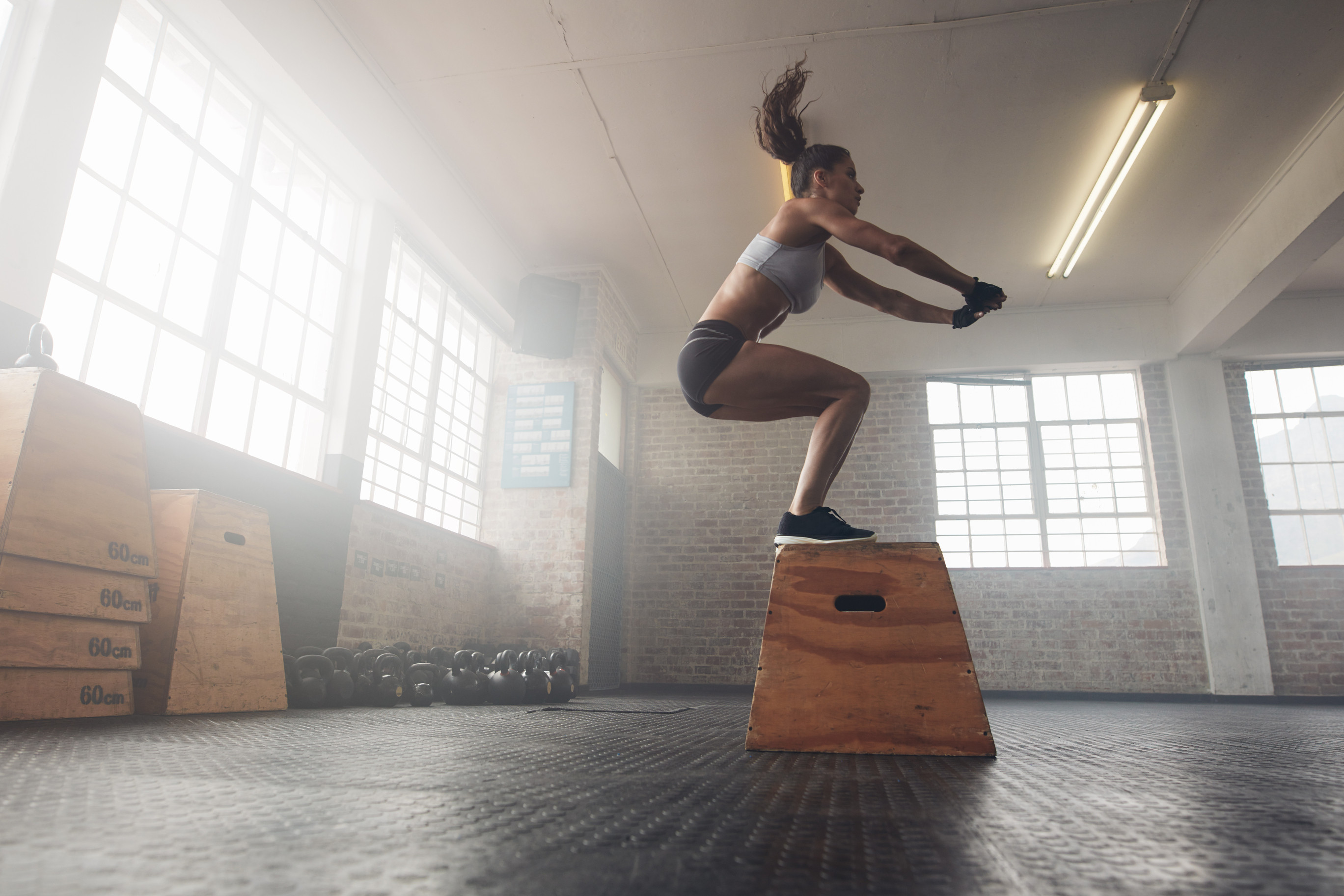
2. Short and Sweet (Duration & Number of Workouts per Day)
Training programs focused on the skeletal system do not need to be sustained for long durations; there is limited benefit of repetitions above 40 per day for your bones (Turner and Robling 2003). As we complete a set of jump squats our bone cells exhibit a desensitization phenomenon, they stop “feeling” the loading from the exercise after many repetitions. More sets and reps does not provide any added benefit to our bones until we let them rest. Our bones need to rest between sessions and therefore multiple training sessions per day are more beneficial than a single daily training session.
3. Variety is the spice of life
Our bones prefer unique and variable loading as opposed to consistent repetitive loading. Research has shown higher bone strength in athletes who play court sports (basketball and volleyball) that require changes in directions and stopping and starting compared to those involving long-distance running, cycling and swimming (Weidauer et al. 2012).
4. Location, location, location
Unlike the cardiovascular system that receives a systemic benefit from exercising, bone adaptation is site specific. If our bones don’t ‘feel’ the loading then it is not helpful to that specific bone. An exercise focused on the lower limbs (tibia and femur) will not have an effect on the bones of the upper limbs (radius and ulna). The studies on racquet sport athletes and baseball players highlight this point.
In summary, the optimal skeletal training programs include short duration, high impact weight bearing exercises completed multiple times per day. In addition, the skeletal training that you give your athletes may have long term benefits for them long after they retire from sport.
References:
- Fredericson, Michael, Fabio Jennings, Christopher Beaulieu, and Gordon O. Matheson 2006 Stress Fractures in Athletes. Topics in Magnetic Resonance Imaging 17(5): 309–325.
- Greene, David A., Geraldine A. Naughton, Elizabeth Bradshaw, Mark Moresi, and Gaele Ducher 2012 Mechanical Loading with or without Weight-Bearing Activity: Influence on Bone Strength Index in Elite Female Adolescent Athletes Engaged in Water Polo, Gymnastics, and Track-and-Field. Journal of Bone and Mineral Metabolism 30(5): 580–587.
- Haapasalo, H., S. Kontulainen, H. Sievänen, et al. 2000 Exercise-Induced Bone Gain Is Due to Enlargement in Bone Size without a Change in Volumetric Bone Density: A Peripheral Quantitative Computed Tomography Study of the Upper Arms of Male Tennis Players. Bone 27(3): 351–357.
- Kontulainen, Saija, Harri Sievänen, Pekka Kannus, Matti Pasanen, and Ilkka Vuori 2003 Effect of Long-Term Impact-Loading on Mass, Size, and Estimated Strength of Humerus and Radius of Female Racquet-Sports Players: A Peripheral Quantitative Computed Tomography Study Between Young and Old Starters and Controls. Journal of Bone and Mineral Research 18(2): 352–359.
- Rizzone, Katherine H., Kathryn E. Ackerman, Karen G. Roos, Thomas P. Dompier, and Zachary Y. Kerr 2017 The Epidemiology of Stress Fractures in Collegiate Student-Athletes, 2004–2005 Through 2013–2014 Academic Years. Journal of Athletic Training 52(10): 966–975.
- Turner, Charles H., and Alexander G. Robling 2003 Designing Exercise Regimens to Increase Bone Strength. Exercise and Sport Sciences Reviews 31(1): 45–50.
- Warden, S. J., S. M. Mantila Roosa, M. E. Kersh, et al. 2014 Physical Activity When Young Provides Lifelong Benefits to Cortical Bone Size and Strength in Men. Proceedings of the National Academy of Sciences 111(14): 5337–5342.
- Warden, Stuart J., and Sara M. Mantila Roosa 2014 Physical Activity Completed When Young Has Residual Bone Benefits at 94 Years of Age: A within-Subject Controlled Case Study. Journal of Musculoskeletal & Neuronal Interactions 14(2): 239–243.
- Weidauer, L. A., M. M. Eilers, T. L. Binkley, M. D. Vukovich, and B. L. Specker 2012 Effect of Different Collegiate Sports on Cortical Bone in the Tibia. J Musculoskelet Neuronal Interact 12(2): 68–73.

